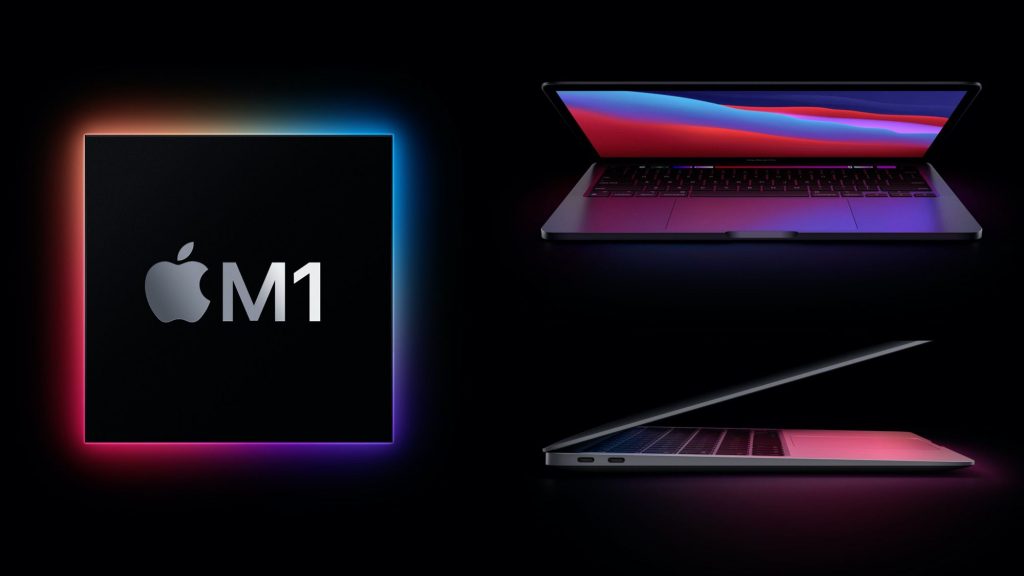Adobe Lightroom, Adobe Illustrator, and InDesign are updated for Apple’s M1 Processor
Adobe has updated Lightroom, Illustrator, and InDesign so that it can run seamlessly on Apple’s M1 processor and utilize its true power. Be it working professionals or an early content creator, one can now use the Adobe Creative Cloud apps on the Apple M1 SoC with increased efficiency and productivity. Adobe claims that these apps have undergone third-party benchmark testing and now they will run 80 percent faster in Mac computers (M1 processor) as compared to Intel-based Apple laptops. All three apps of the Creative Cloud have received major updates and Adobe Lightroom has also been updated for other platforms as well. So, let’s look at the new features and what privilege the M1 users will get.
Updates for Adobe Lightroom
The new updates and the details for these Creative Cloud apps were shared in the Adobe blog on Monday. Both Adobe Lightroom and Lightroom Classic can utilize fully the power of Apple’s M1 SoC thus elevating user experience and getting work done smoothly. Pfeiffer Report conducted a benchmarking test according to which the app’s speed has doubled in the M1 processor as compared to Intel processor for Mac computers. The Super Resolution feature is working thrice the speed and back editing photos has become four times faster in this new Apple M1 processor. The other apps are also running way faster as compared to Intel-powered processors.

Lightroom now has a new feature called premium presets which are curated by professional photographers. The Lightroom presets are always in high demand especially for content creators as they want to make it look more “aesthetic” on social media. The new presets are divided into seven categories, namely, Portrait-Deep Skin, Portrait-Medium Skin, Portrait-Light Skin, Cinematic, Futuristic, Vintage, and Travel. The number of presets will keep increasing as the app will get updated. This new preset feature is not only for M1 users but also Windows, iOS, Android, and the Web. By bringing this new feature Adobe is making the photographer community as many people struggle with post-processing skills like color grading.
Lightroom has also launched a collaboration tool with the help of which users can allow other users to edit albums. In order to do so, one user has to send an invite so that other users can edit them in the shared album. Super-resolution is another great feature of Lightroom as it uses Artificial Intelligence to increase the resolution of an image. Apart from these, Lightroom has also added a feature of Tethered Live View for certain Nikon cameras.
Updates for Adobe Illustrator and InDesign
With so many designers using Illustrator and InDesign for professional purposes, Adobe’s main goal was to optimize the performance and speed for these two apps. Users of M1 Mac have been using the Creative Cloud apps on their computers for a while, but with this new update, Adobe Illustrator speed has been increased by 65 percent in terms of performance. InDesign users will experience a 59 percent improvement in the overall performance of the app.

InDesign is mostly used to design layouts of print publications, magazines, eBooks, etc. Now, the users will experience lightning-fast speed when it comes to opening a file and working on it. According to Adobe, InDesign will open a graphics-heavy file with 185 times faster speed than it used to be and scrolling performance for text-heavy documents has been increased by 78 percent. With such increased speed, one can complete tasks much before the deadline and take up new work without thinking about efficiency.
With the launch of the adaptive version of Adobe Illustrator for the M1 processor, it will take less time to load files going through the workflow in a much easier way. For Illustrator, the scroll performance while working with complex vectors has been made 390 times faster, and opening a complex file with 31 artboards has been made 119 percent faster. Adobe has mentioned in the blog that the new releases will be available to everyone across the globe very soon. The professionals and new creators will experience better workflow, especially in this remote working system while keeping themselves more engaged.

Annasha Dey is an NIT student, who apart from studying engineering is also a content writer. She has a great interest in photography, writing, reading novels, and travelling as well. She is a foodie who loves socializing and hanging out with her friends. She is also a trained Kathak dancer and a big fashion enthusiast. Dey also loves watching TV series, which includes F.R.I.E.N.D.S. and Big Bang Theory. To be a better writer she prefers to read more

